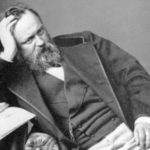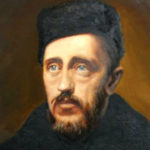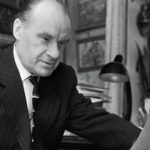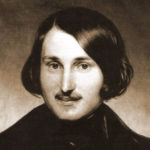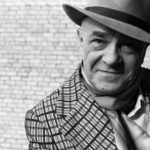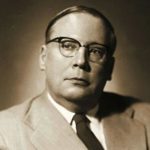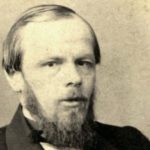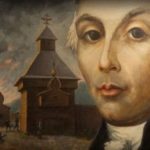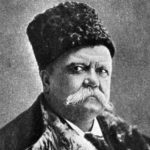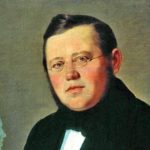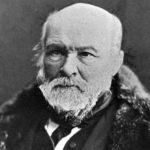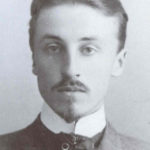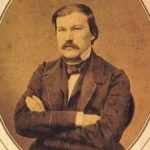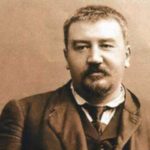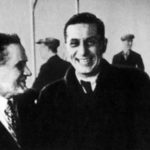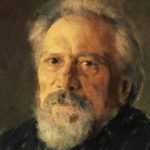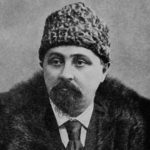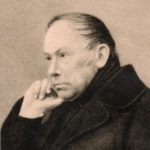Facts from the life of Nikolai Chernyshevsky
 The life of the writer Nikolai Chernyshevsky was not easy. Being not only a master of the pen, but also a philosopher, he shared moderate revolutionary views and believed in a democratic revolution, for which he was persecuted by the authorities. As a result, he paid with his life for the strength of his convictions, but he never gave up, remaining true to his principles to the last.
The life of the writer Nikolai Chernyshevsky was not easy. Being not only a master of the pen, but also a philosopher, he shared moderate revolutionary views and believed in a democratic revolution, for which he was persecuted by the authorities. As a result, he paid with his life for the strength of his convictions, but he never gave up, remaining true to his principles to the last.
The writer’s father was a priest, descended from a kind of serfs.
Until he was 14, Chernyshevsky received his home education — his father taught him, an extremely educated man.
Friends called him “the devourer of books,” as he read voraciously, swallowing weighty volumes one by one. Nothing could quench his thirst for knowledge.
Chernyshevsky himself said that he was influenced by the works of Hegel.
At one time he was a teacher in the cadet corps in St. Petersburg. Despite the brilliant successes, he soon left his post because of a conflict with one of the officers.
Chernyshevsky made his first publications in 1853 in several magazines.
In 1858, the writer received the honorary title of Master of Russian Literature.
Since 1861, Chernyshevsky came under police surveillance because of his connection with a secret revolutionary society.
The following year, the writer was arrested and imprisoned in the Peter and Paul Fortress. In two years in prison, he wrote over 200 sheets of manuscripts. Then he wrote the novel “What to do?”, Which, oddly enough, was missed by censorship and published.
Because of his views, gendarmes and secret police officers called Chernyshevsky among themselves “the enemy of empire number one.”
On charges of anti-government activities, the writer was sentenced to hard labor and a lifelong exile to Siberia.
After the sentence, he Chernyshevsky was subjected to a “civil execution” – deprivation of all rights during a disgraceful public ceremony.
He spent more than 20 years in prison, in hard labor and in exile.
After the end of seven years of hard labor, after arriving at the place of exile, Chernyshevsky was offered a pardon, but he refused to sign the petition to the emperor.
The revolutionaries tried twice to secure the release of the writer.
Following Belinsky’s precepts, when he was a journalist, Chernyshevsky always tried to reveal the social significance of his works.
When the writer was in exile, his wife visited him after a long journey. He himself ceased correspondence with her, wanting her to forget him and live a normal life. Twenty years later, they met again, since Chernyshevsky never ceased to love his spouse.
While in exile, he paid a lot of attention to raising his sons as much as possible, being at such a considerable distance from them.
Having received permission from the authorities, Chernyshevsky moved first to Astrakhan and then to Saratov. In this city, he subsequently died.
In Soviet times, the image of the writer was widely replicated thanks to Lenin’s positive reviews about his novel “What to do?”.
